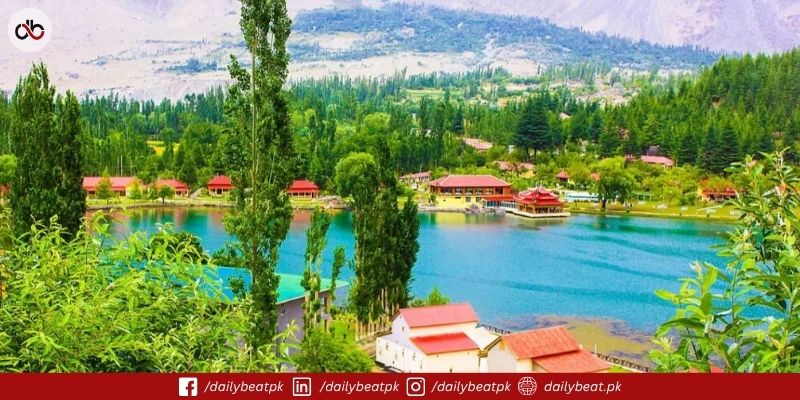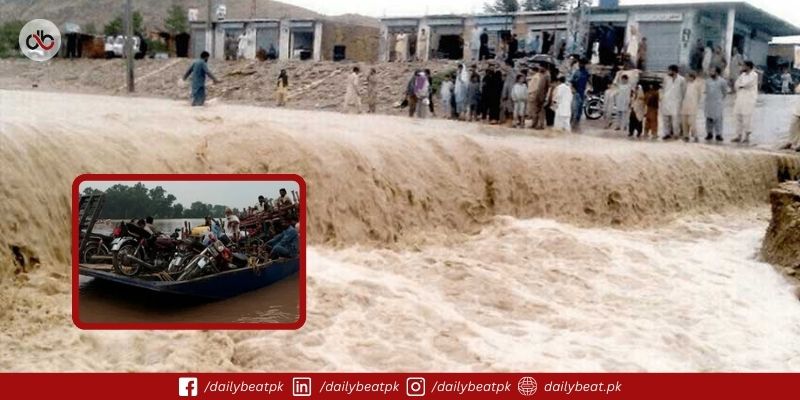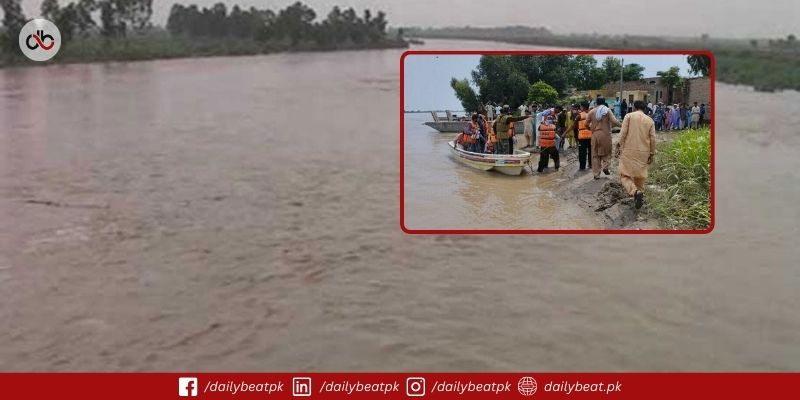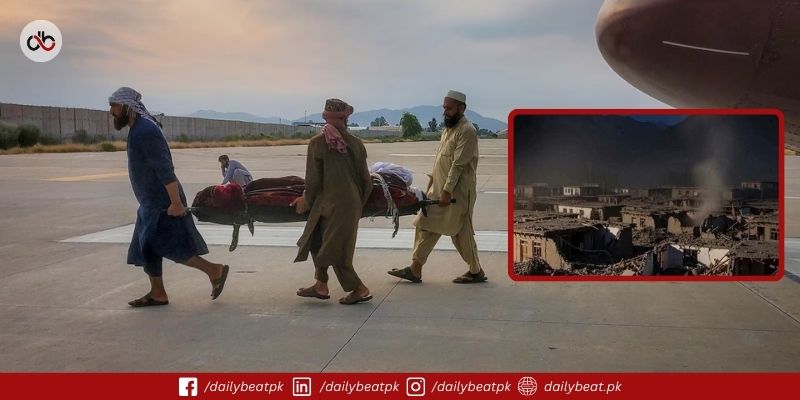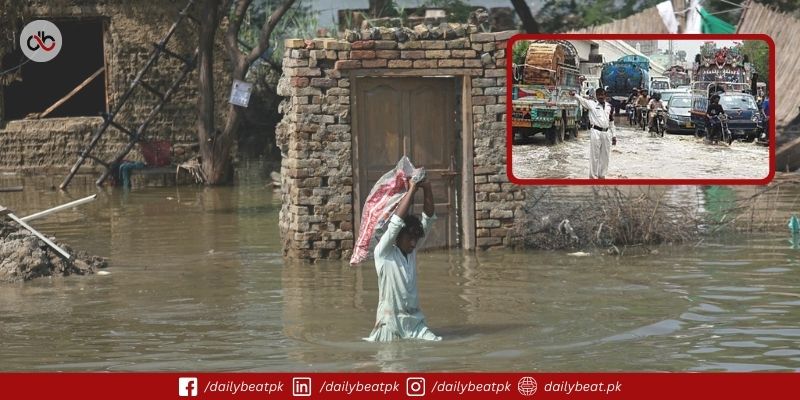Gilgit Baltistan captivates the mind. This region deserves attention for its beauty and potential. It offers towering mountains, ancient culture, and resilient people. As a traveler and observer, I see how this region blends natural wonder with modern potential. Let’s discuss everything you need to know about this beautiful place in Pakistan!
Nature at Its Best
Gilgit Baltistan is nature’s masterpiece. It is home to some of the world’s highest peaks, like K2, Nanga Parbat, and Broad Peak. The glaciers of Baltoro, Batura, and Hispar stretch across vast valleys. When I first saw the Karakoram mountains, I felt small and powerful. The silence of nature there speaks more than words.
Fairy Meadows near Nanga Parbat is my personal favorite. Walking through those lush green fields with snow-capped peaks in the background felt like a fairy tale. The clean air, quiet nights, and starry skies made me forget the fast-paced life of cities.
A Deep Cultural Soul
The beauty of Gilgit-Baltistan goes beyond its mountains. Its culture is vibrant and colorful. People here speak languages like Shina, Burushaski, Balti, and Wakhi. Each valley has its dress, traditions, and music.
I remember watching a local dance performance in Hunza during the spring blossom festival. The energy, colors, and music were mesmerizing. The traditional caps, woolen robes, and handmade jewelry reflect their love for art and identity. Locals are kind, respectful, and proud of their heritage.
Forts That Whisper History
Gilgit Baltistan has seen empires come and go. The ancient forts here tell those stories. Baltit Fort and Altit Fort in Hunza left me speechless. They are built on cliffs with wooden balconies facing the mountains. I walked through narrow halls that once protected royal families. You don’t just visit these places; you feel them.
In Skardu, the Shigar Fort is a beautiful example of Balti-Tibetan architecture. It is now a guesthouse, but walking through its wooden doors, I could still sense the whispers of kings and queens from the past.
The Adventure Capital of Pakistan
For adventure lovers, Gilgit-Baltistan is a paradise. It offers hiking, rock climbing, skiing, rafting, and jeep safaris. I trekked to Rakaposhi base camp, which was challenging yet unforgettable. Naltar Valley offers skiing during winter and beautiful lakes in summer. Jeep rides to Deosai Plains or Khunjerab Pass test nerves and tires, but they are worth it.
The Shandur Polo Festival is another unique experience. It’s the highest polo ground in the world. Watching local teams compete while surrounded by snow peaks is an experience I recommend to every traveler.
Modern Dreams, Local Challenges
Despite its beauty, Gilgit-Baltistan faces real challenges. The Internet is still slow in many areas. Roads get blocked by landslides. Hospitals are limited. Education facilities are improving, but slowly. Recently, the region has seen protests demanding better rights and services.
But what impressed me most was the resilience of the people. They don’t wait for help. They build community schools, run local tourism businesses, and support each other. I met many young freelancers in Gilgit and Hunza who were working online despite electricity outages. That’s true strength.
Sustainability Matters
With the rise in tourism, Gilgit-Baltistan is facing environmental pressure. Plastic waste in remote valleys, deforestation, and pollution are growing. We, the travelers, must act responsibly.
I always carry a reusable water bottle, avoid single-use plastic, and support eco-lodges run by locals. These small actions protect the land we love. Tourism should not only bring joy to visitors but also benefit local communities.
Travel Tips From My Experience
If you plan to visit Gilgit Baltistan, here are a few things I learned:
- Best time to visit: May to October. Spring and autumn are the most beautiful.
- Clothing: Dress modestly and in layers. Weather changes quickly.
- Altitude care: Acclimatize slowly. Drink plenty of water.
- Respect locals: Ask before taking photos. Greet them with a smile.
- Connectivity: Buy a local SIM card, but don’t expect fast internet everywhere.
- Stay local: Choose guesthouses and guides from the community.
A Land That Stays With You
Gilgit Baltistan is not a one-time trip. It becomes part of your soul. Its rivers, mountains, and people leave a lasting impact. I returned with new respect for nature, culture, and life itself.
The region deserves better facilities, more recognition, and sustainable growth. I believe that if we protect its beauty, support its people, and respect its culture, Gilgit-Baltistan can become a global travel icon.
My Final Thoughts
To me, Gilgit Baltistan is more than just a travel destination. It is a reminder that peace, beauty, and strength can exist in the same place. The region has taught me to slow down, to connect deeply, and to value simplicity. If you haven’t been there yet, go. But go to see, feel, learn, and grow.
Let’s travel responsibly and tell the world about this treasure in northern Pakistan.


